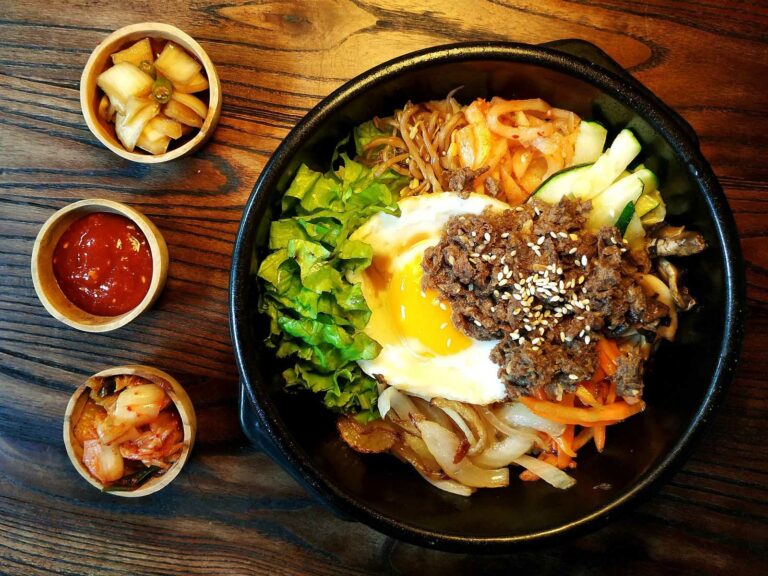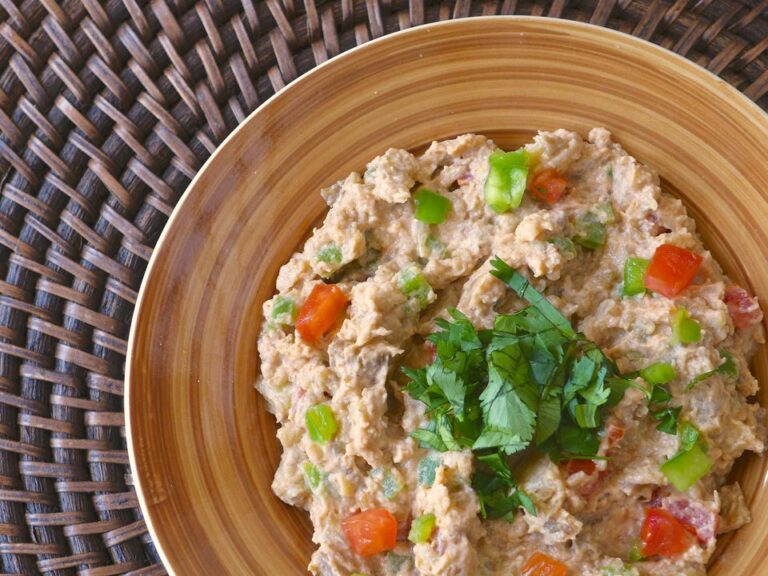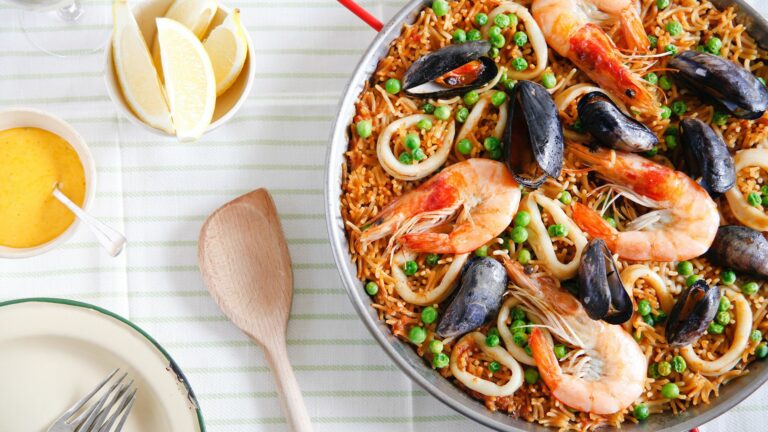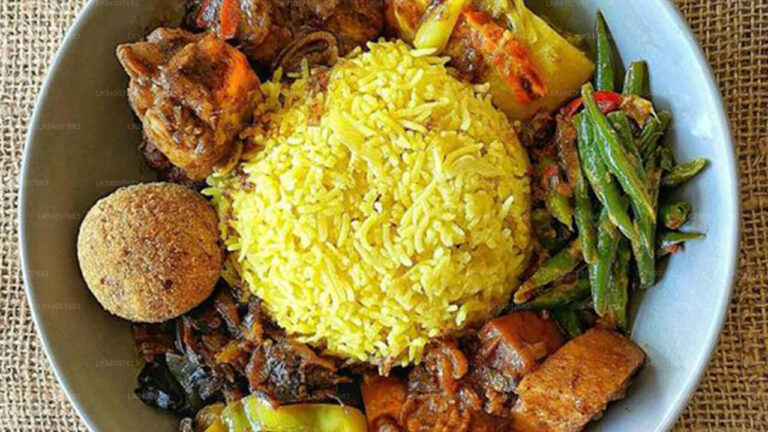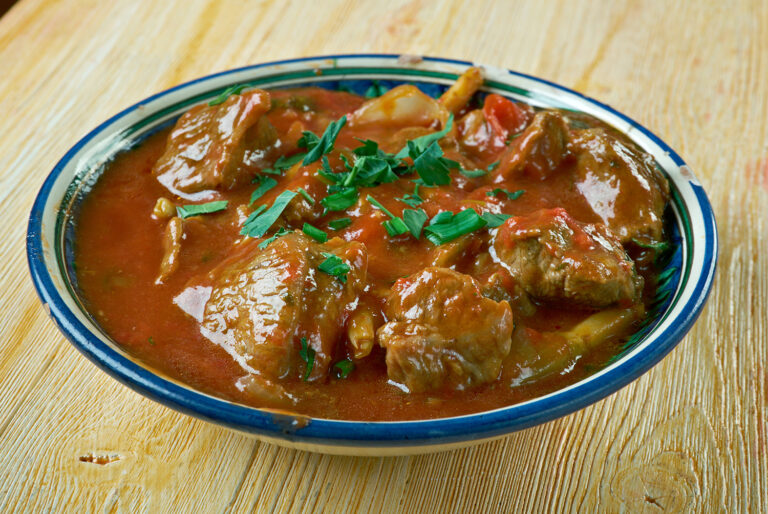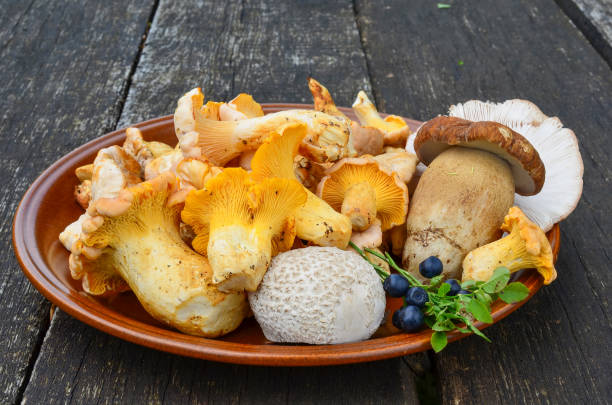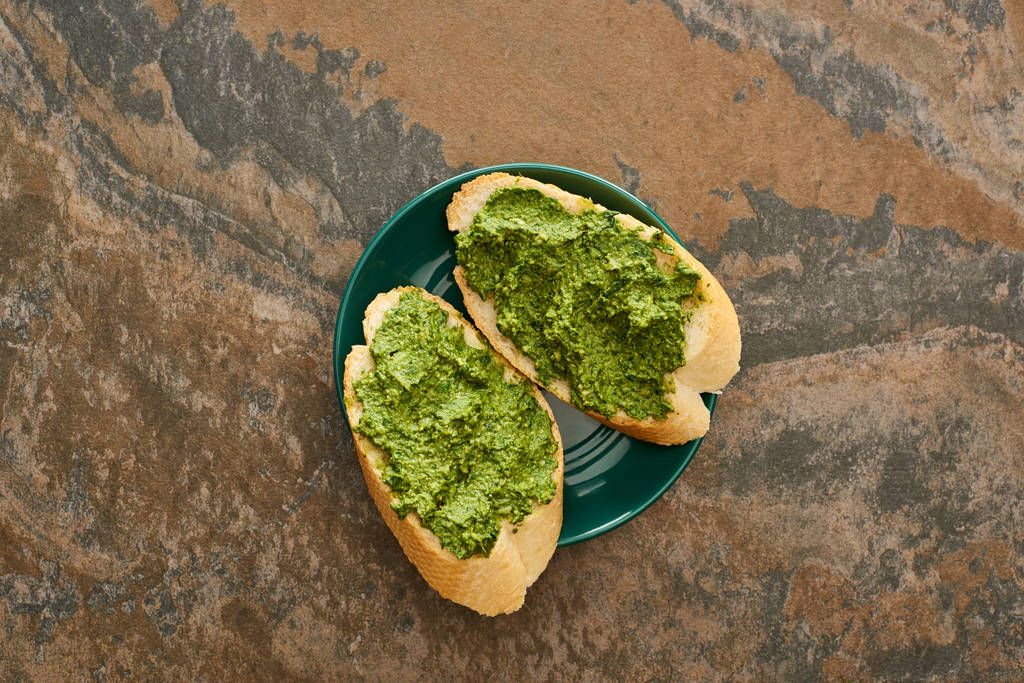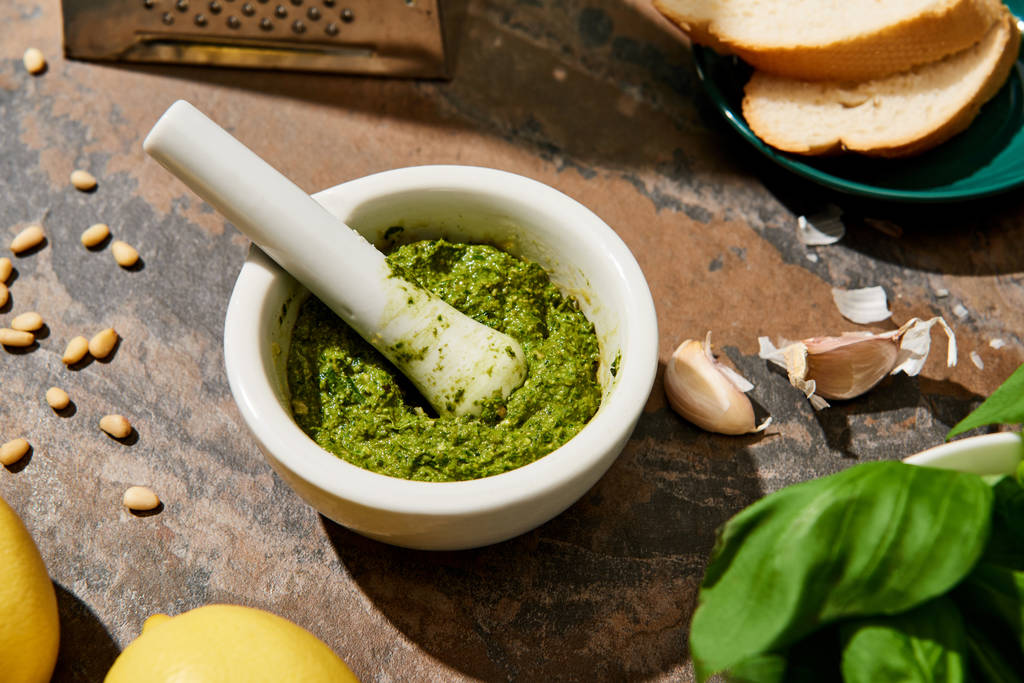Introduction: South Korean Cuisine
South Korean cuisine is one of the most dynamic and flavorful in the world. It is known for its bold flavors, unique cooking techniques, and diverse ingredients. The cuisine is characterized by its emphasis on fermented foods, vegetables, grains, and meats. Korean cuisine has been influenced by its neighboring countries, including China and Japan, but has developed its distinct flavor profile over time.
The Role of Spiciness in Korean Dishes
Spiciness is an essential component of Korean cuisine. It adds depth and complexity to dishes and is used to balance the richness of meat and other ingredients. In Korean cuisine, spiciness is not just a matter of heat, but also flavor. Many Korean dishes feature a combination of sweet, sour, salty, and spicy flavors. The heat level of a dish can vary depending on the type and amount of chili peppers used, as well as other spices and seasonings.
Korean Spices and Their Heat Levels
Korean cuisine is known for its use of chili peppers, which come in various sizes, shapes, and heat levels. The most commonly used chili pepper in Korean cuisine is the gochugaru, a coarse red pepper powder that is mildly spicy. Other popular chili peppers include the smaller and hotter gochujang, a fermented chili paste, and the tiny and fiery birds-eye chili. Korean cuisine also uses a variety of other spices and seasonings, including garlic, ginger, soy sauce, sesame oil, and vinegar.
Examples of Popular Spicy Korean Dishes
Some of the most popular spicy Korean dishes include kimchi jjigae, a stew made with kimchi, pork belly, and tofu; buldak, a fiery chicken dish seasoned with gochujang and gochugaru; and tteokbokki, a stir-fried rice cake dish with a spicy gochujang sauce. Spiciness is also a prominent feature in Korean fried chicken, a popular bar snack in South Korea. Korean cuisine is also known for its spicy seafood dishes, such as haemul pajeon, a savory seafood pancake with green onions and red chili peppers.
Mild Korean Dishes for Those Who Can’t Handle the Heat
While Korean cuisine is known for its spiciness, there are also many mild dishes for those who prefer a milder flavor profile. Some popular mild Korean dishes include bulgogi, a sweet and savory marinated beef dish; japchae, a stir-fried noodle dish with vegetables and meat; and mandu, Korean dumplings filled with meat and vegetables. Many Korean soups and stews are also mild, such as doenjang jjigae, a soybean paste stew.
Conclusion: The Diversity of South Korean Cuisine
In conclusion, South Korean cuisine offers a wide range of flavors and heat levels. Spiciness is a prominent feature in many dishes, but there are also plenty of mild options for those who prefer a milder taste. Korean cuisine is a dynamic and diverse culinary tradition that is worth exploring for anyone interested in discovering new and exciting flavors.

